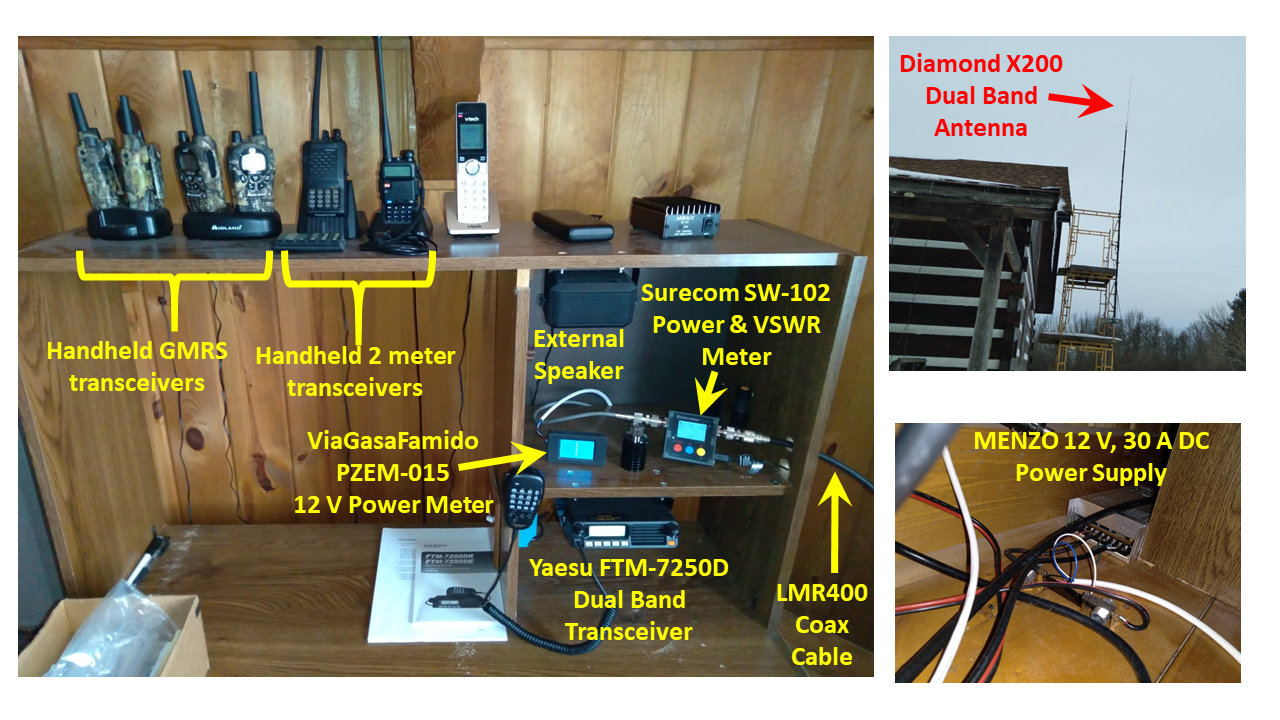I’m about midway through the study guide for my entry-level (“technician”) ham radio license. Numerous people have asked me, “why?” I’m 34 years old, I’ve lived my entire life in the digital age, and I did not grow up around any amateur radio guys so it’s not something that was passed down to me by an older generation. So how was the interest sparked?
Well, a few years ago I went with a friend on a sailing trip to the Outer Banks. My friend, an experienced sailor, had just bought a beautiful steel-hulled sailboat and was in the process of getting acquainted with it before taking it out on an ocean voyage. He pointed out to me the various things that the previous owner had installed in it, and among them was a ham radio transceiver. He said he didn’t really know how to use it, because it was outdated compared to the boat’s other navigational features which included a very advanced Raytheon radar system that scanned the surrounding waters for all nearby vessels and displayed all of them, including their information, on a computer screen. But he said every now and then he’d listen to the old radio and hear transmissions from other countries. This intrigued me, but there were a million other things to concentrate on during the sailing process and I never did get a chance to listen to it.
Nevertheless, I remained interested in the concept of shortwave radio, and in the next few years, spent quite a bit of time listening to the numerous publicly-available SDRs online. (Software defined radio - if you’re reading this thread, you probably already know what it is, and I won’t go into the details.) However convenient and intuitive these online SDRs are to use, I became more interested in acquiring a standalone shortwave radio, ideally a vintage one, to do my own “real” SWR listening.
So earlier this year I bought a beautiful Panasonic RF-2600 on eBay, and, following various DIY videos on YouTube, rigged up a long-wire antenna between two trees in my yard, which massively boosts the reception capability of the radio. This RF-2600 has sideband capability, meaning I can listen to the amateur bands, which are surprisingly active, especially the 80m band. I’ve heard quite a bit on the 40m band too, including CW (morse code) which I downloaded a phone app to decode. (It’s usually just guys talking about their rigs - which makes up roughly 80% of voice transmissions too!)
So now I’m down the rabbit hole at this point and the logical next step is to get set up for transmitting myself. And that, of course, requires a license to do legally. A friend of mine who’s been a ham for a long time has helped me through the process of studying for the license and given me some advice about what kind of equipment to use once I’m ready to set up a transciever, but I’m definitely interested in hearing what anyone else here (who might happen to be a ham) is using, and any applicable advice for a newbie like me?
I’m particularly interested in no-frills, analog equipment, like the numerous Kenwood and Yaesu units I’ve seen on eBay in the sub-$1000 range, and one of my concerns is the failure rate of the various components in these units. The studying for the ham license gave me a crash course in electronic circuits, something I knew next to nothing about because I never took a physics class in my life. Now when I see these transceivers all I can think about is the vast number of resistors, transistors, capacitors, inductors, and other little parts that could potentially be rendered inoperable over time. In your experience, how do these transceivers hold up over, say, 10 years of regular use? I have to assume there is more possibility of damage from user error, compared to a simple receiver.
Advice about antennas, power supplies, amplifiers, how to properly ground everything, etc, is also appreciated.
